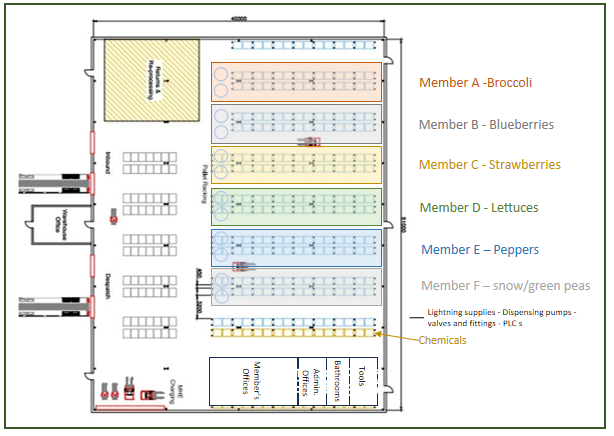
What we do
Vertical Farming Systems
Vertical farming is the practice of growing crops in vertically and horizontally stacked layers. It often incorporates controlled environment agriculture, which aims to optimize plant growth, along with soilless farming techniques such as hydroponics, aquaponics, and aeroponics.
We are equipment agnostic because different types of produce require different types of equipment. Since we aim to offer a diverse range of crops to the local community each with unique nutritional needs a variety of specialized equipment is necessary.
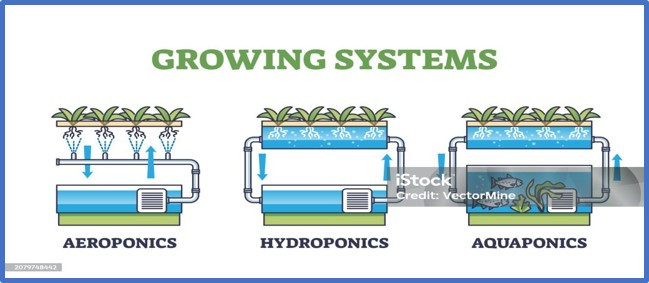
Hydroponics
Hydroponics is a type of horticulture which involves growing plants, usually crops, without soil, by using water-based mineral nutrient solutions in an artificial environment. Terrestrial or aquatic plants may grow freely with their roots exposed to the nutritious liquid or the roots may be mechanically supported by an inert medium such as perlite,gravel or other substrates.
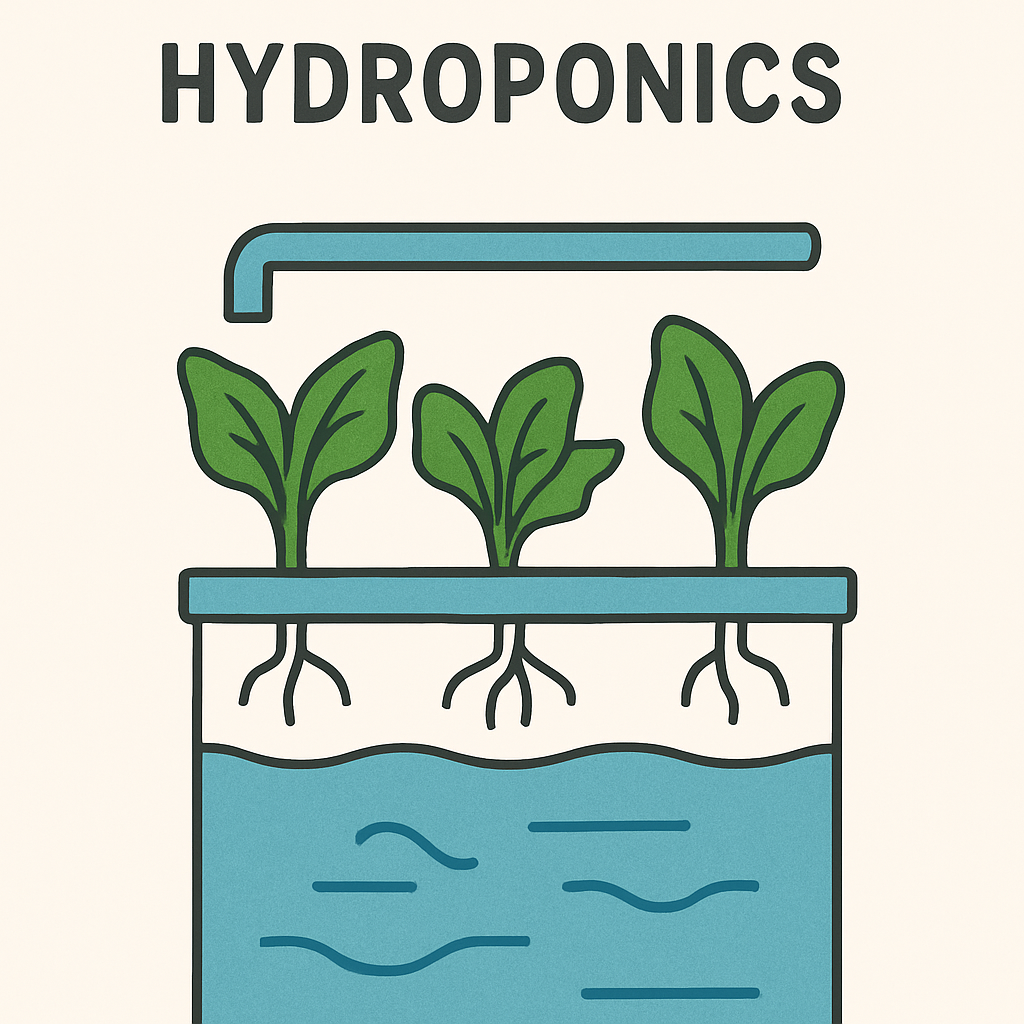
Aquaponics
Aquaponics is a food production term that couple aquaculture, raising fish, with hydroponics (cultivating plants in water) whereby the nutrient-rich aquaculture water is fed to hydroponically grown plants.
Plants are grown in hydroponics systems, with their roots immersed in the nutrient-rich effluent water. This enables them to filter out the ammonia that is toxic to the aquatic animals, or its metabolites. After the water has passed through the hydroponic subsystem, it is cleaned and oxygenated, and can return to the aquaculture vessels.
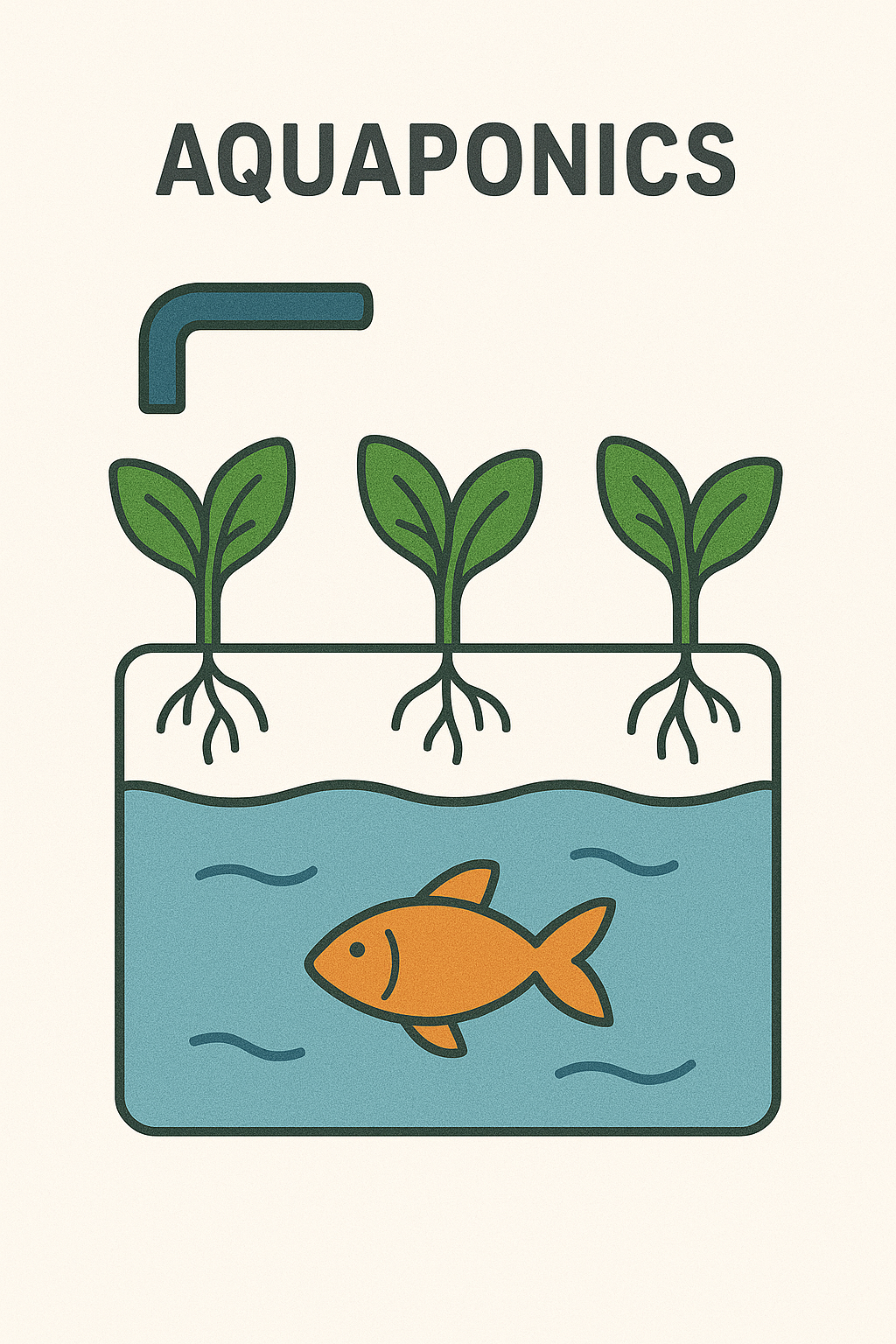
Aeroponics
Food is grown without dirt or water, a misty flow of air is provided to the vegetables via stream of misty air flow with all the nutrients that the plant requires
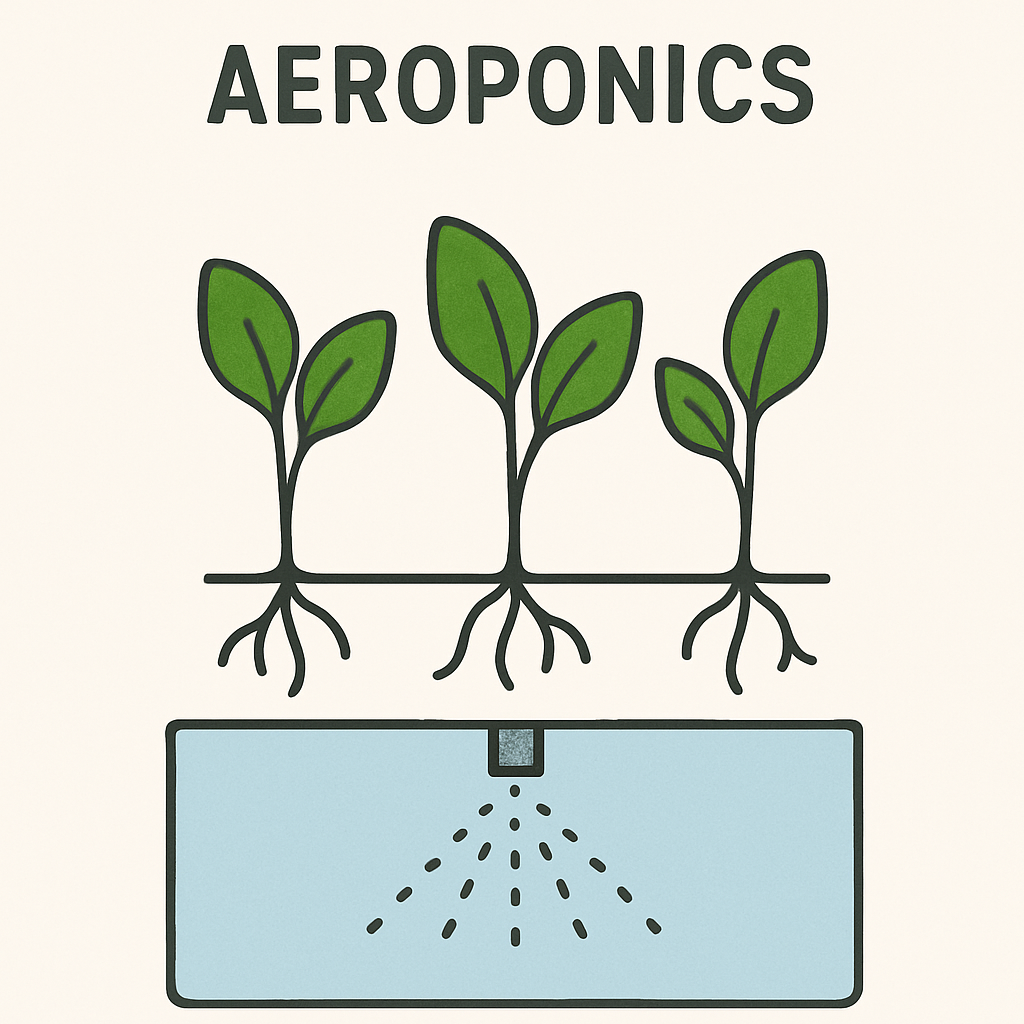
Step 1
-
Rent a warehouse.
-
Subdivide interior spaces as needed.
-
Install check valves on all water mains.
-
Incorporate air gaps in the water supply system.
-
Install plastic tanks designated for chemical formulations.
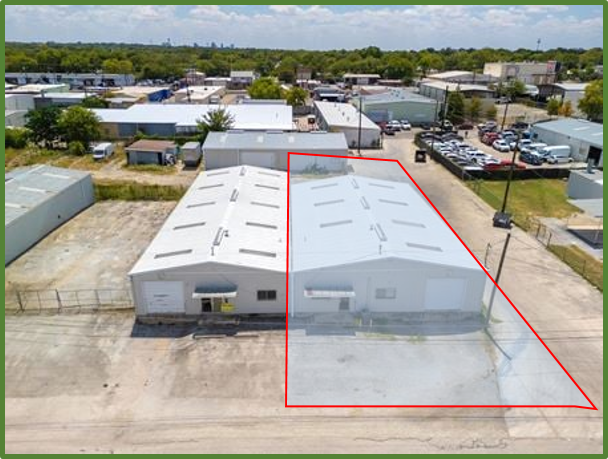
Step 2
-
Install electrical outlets for dedicated circuits.
- Install transformers to support circuit requirements.
- Install air filters on all ventilation equipment.
- Construct vestibules at all access and egress points to prevent contamination.
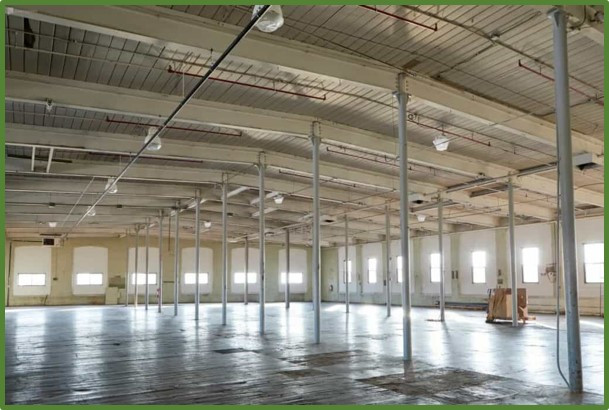
Step 3
-
Sublease spaces to locals interested in community farming.
-
Hold training sessions in partnership with equipment manufacturers and universities.
-
Create engagement events with the local community.
-
Provide communalization of components and resources for sharing among vertical farmers.
